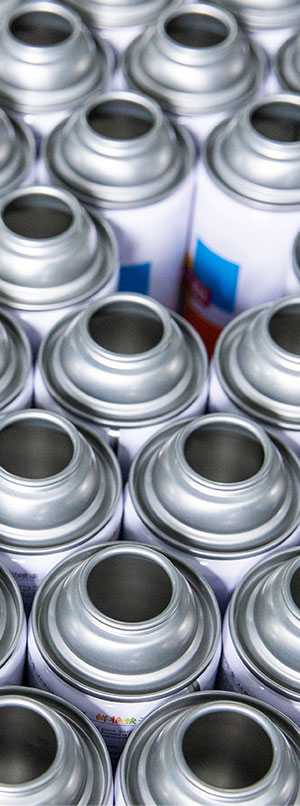RTV silicone, also known as room temperature vulcanized silicone rubber, is a type of sealant that’s commonly used in automotive repair. It’s a versatile material that can be used to create a variety of gaskets, including those for oil pans, valve covers, rocker covers, and rear axle housings. Unlike other types of sealants, high-grade RTV silicone doesn’t corrode iron or aluminum, making it an ideal choice for use in engines. It’s also low toxicity, which means it’s safe to use around humans and pets.

Benefits of Using RTV Gasket Maker
One of the main benefits of using RTV gasket maker is its strong sealing strength. This makes it excellent at blocking car engine oil, which can help prevent leaks that could damage your engine.
Additionally, because RTV silicone is a flexible material, it can absorb loads and vibrations in the energy area, helping to reduce wear and tear on your car’s engine over time.
Applying RTV gasket maker is a fairly straightforward process. Here are the steps you should follow:
Clean the surfaces thoroughly – Before applying any gasket maker, you’ll want to make sure the surfaces are clean and free of oil, grease, and dirt. Use a degreaser or brake cleaner to remove any residue.
Apply the gasket maker – Using a caulking gun or your fingers, apply a continuous bead of RTV silicone to one surface. Make sure the bead is even and covers all areas that need sealing.
Assemble the parts – Once the gasket maker is applied, carefully position the parts you’re joining together. Make sure they’re aligned correctly before tightening any bolts.
Wait for the gasket maker to cure – RTV silicone typically takes between 24 and 72 hours to fully cure, depending on the temperature and humidity. During this time, it’s important not to disturb the parts you’ve joined together.
Tips for Getting the Best Results with RTV Gasket Maker
To ensure you get the best results when using RTV gasket maker, here are some additional tips to keep in mind:
- Choose the right type of RTV silicone for the job. There are many different varieties available, so make sure you choose one that’s suitable for the surfaces you’re working with.
- Follow the manufacturer’s instructions carefully. Different brands of RTV silicone may have slightly different application methods, so be sure to read the instructions before use.
- Use the right amount of gasket maker. Applying too little can result in leaks, while applying too much can cause excess material to squeeze out and interfere with the parts you’re joining together.
- Let the gasket maker cure fully before starting your engine. If you start your engine before the gasket maker is fully cured, it may not seal properly and could lead to oil leaks.
Conclusion
In conclusion, if you’re looking for a reliable and effective way to create automotive gaskets, RTV gasket maker is a great choice. Whether you’re repairing an oil pan or replacing a valve cover, this versatile material can help you get the job done right. Don’t forget to check out SANVO for all your gasket maker needs!
